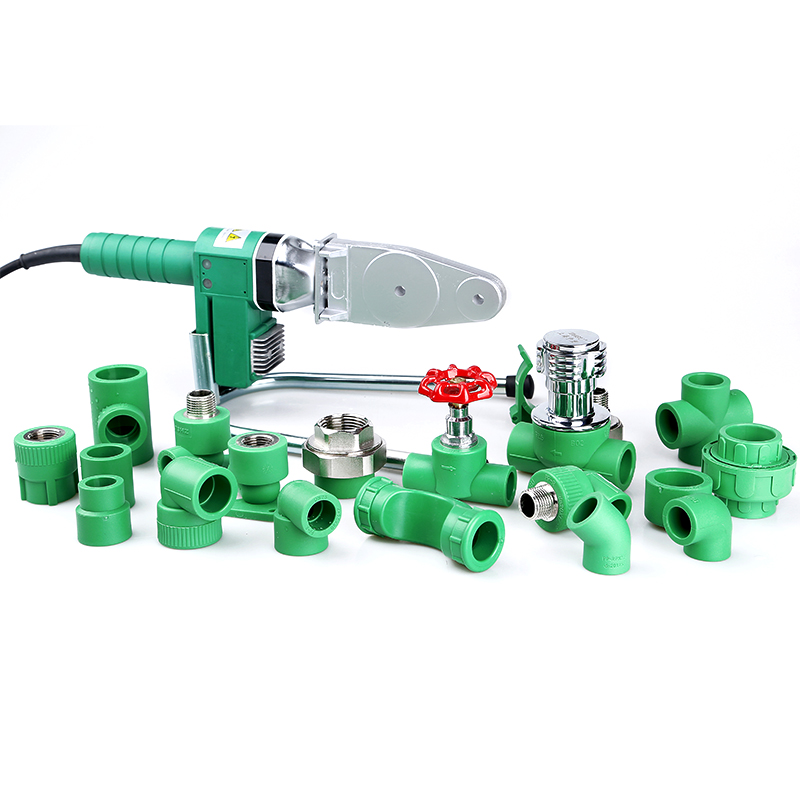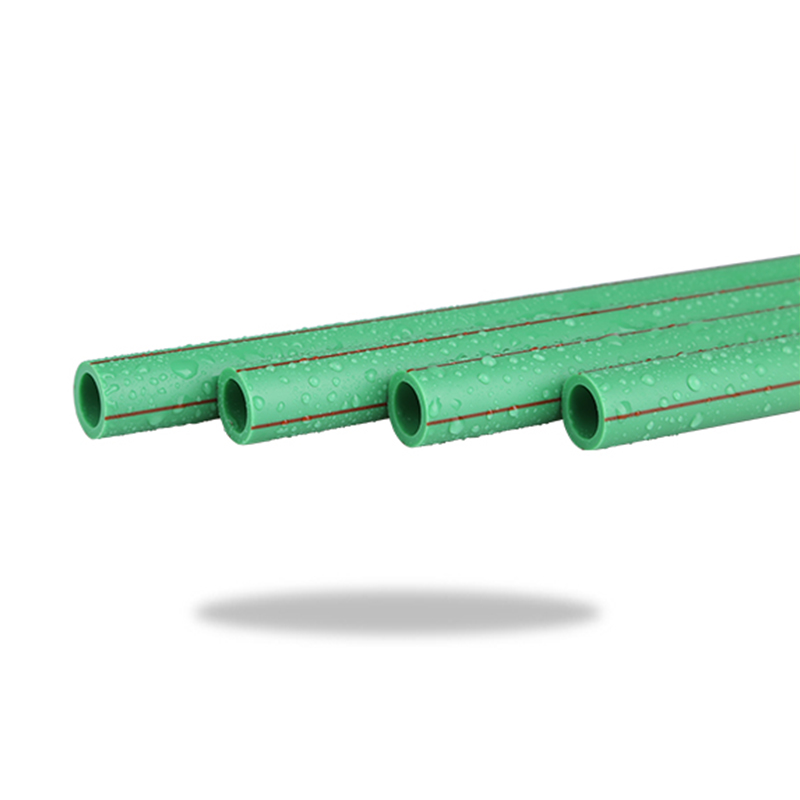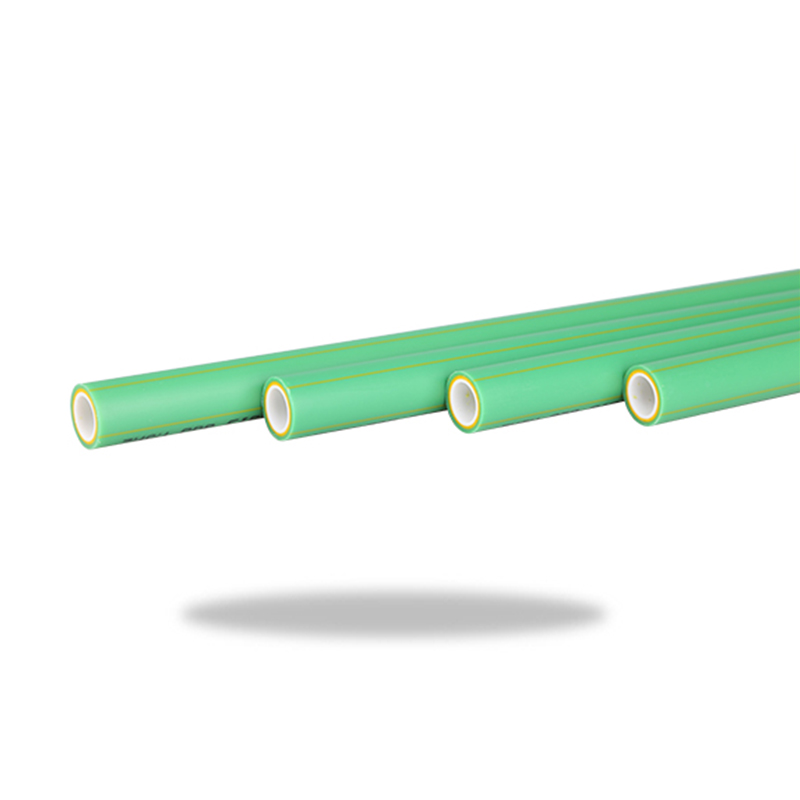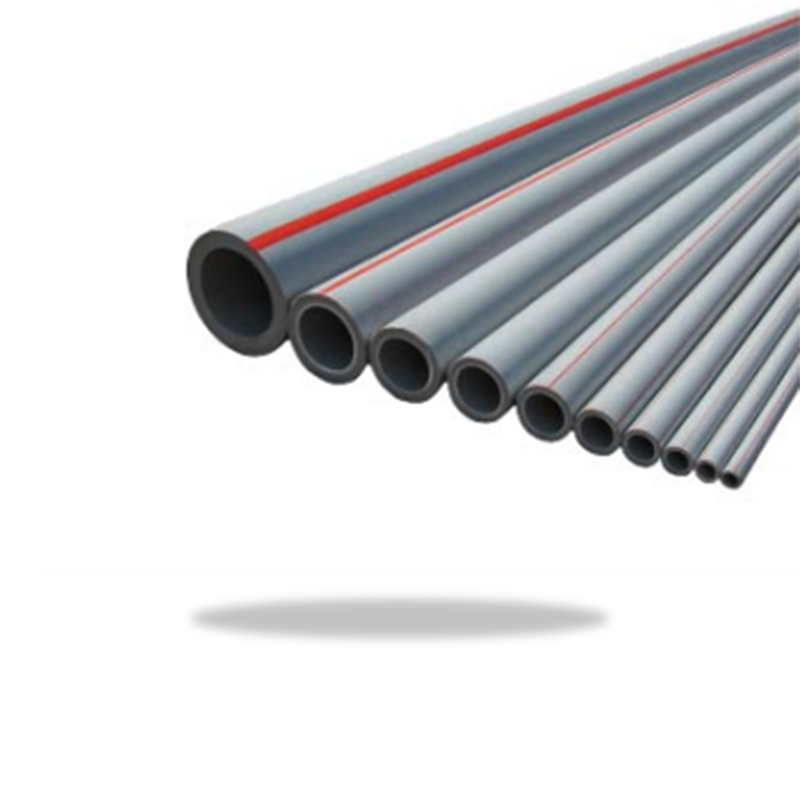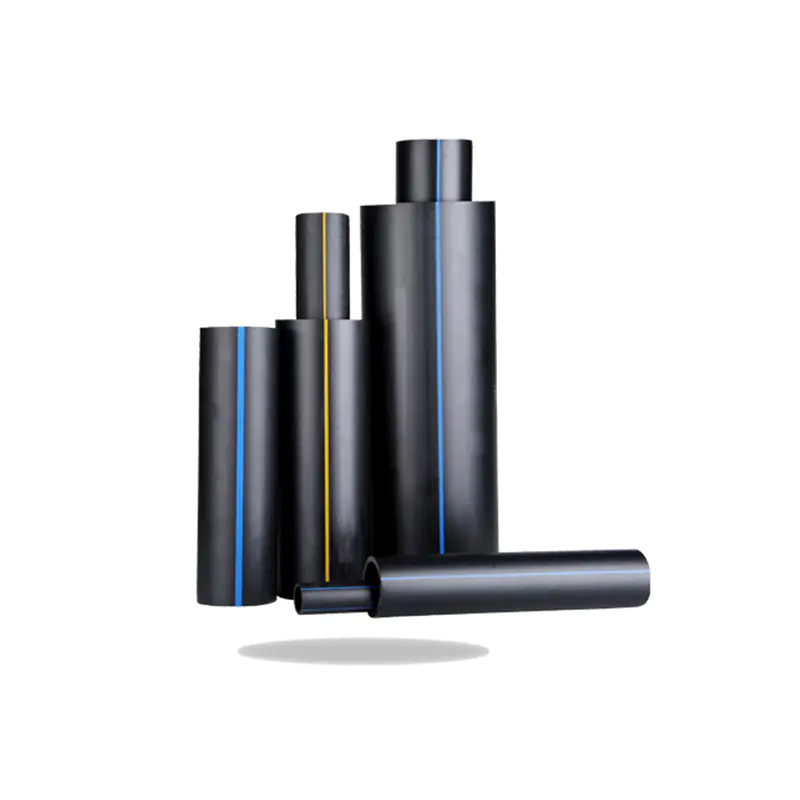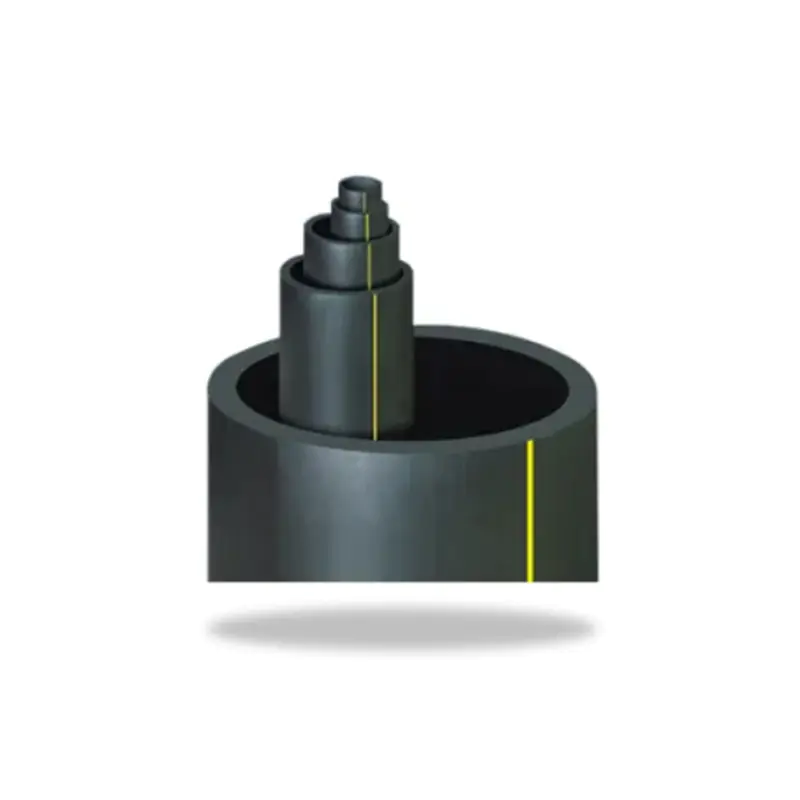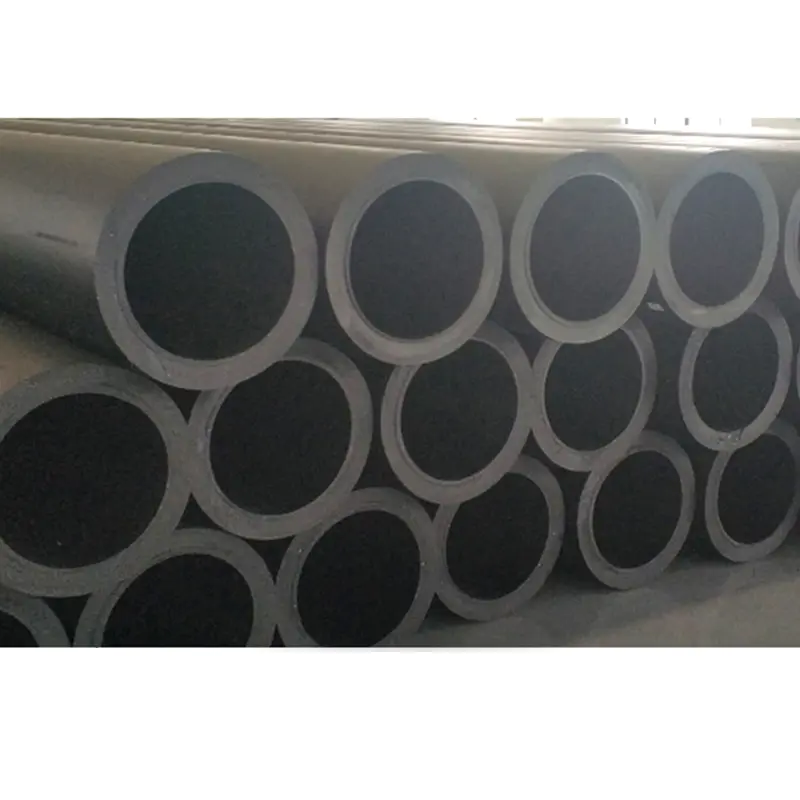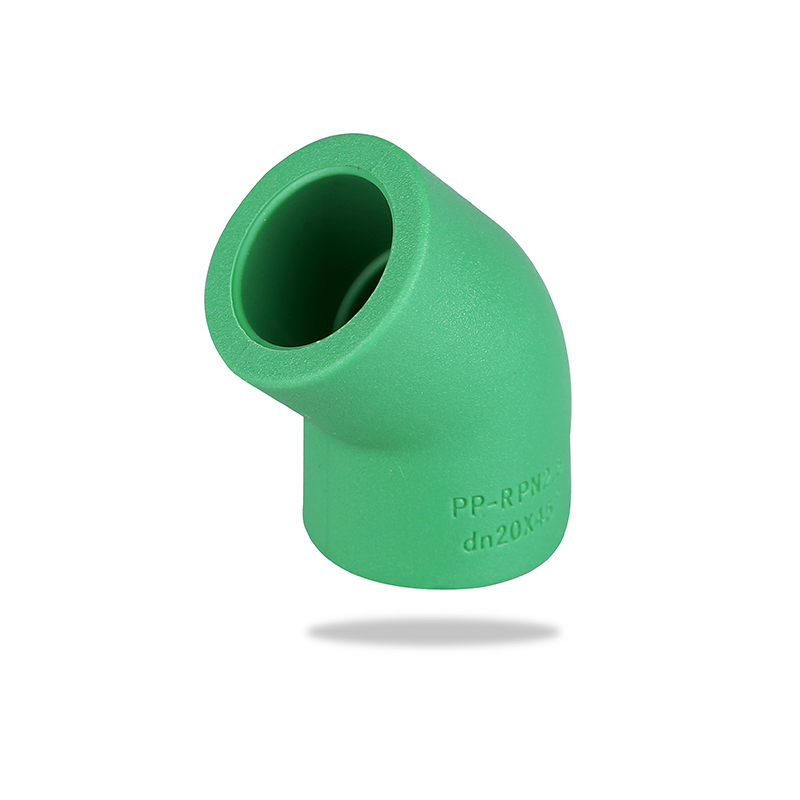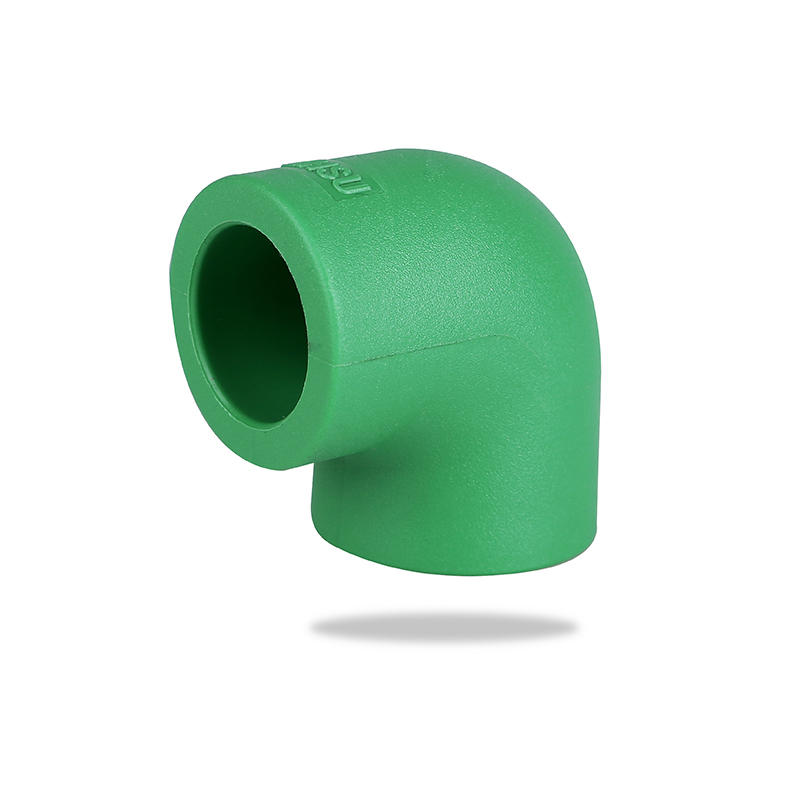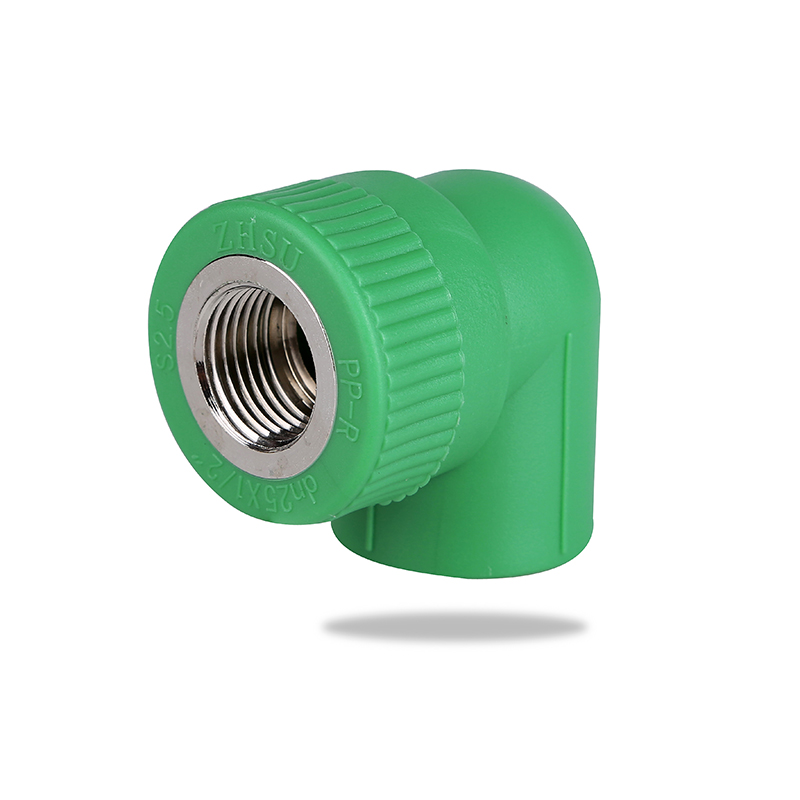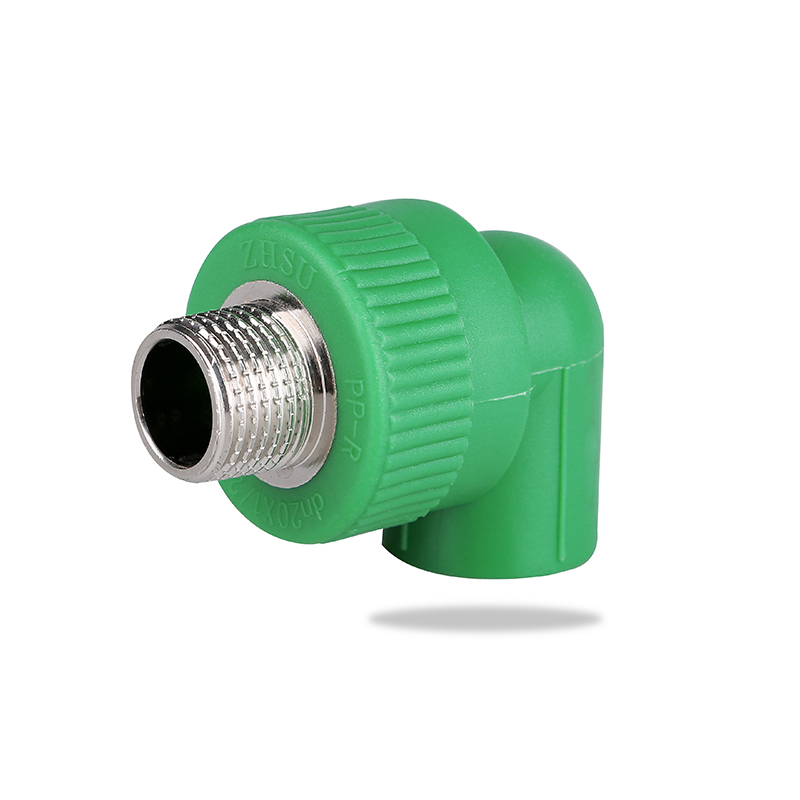In the process of home decoration, PPR pipes are widely used in water supply systems because of their advantages such as high temperature resistance, corrosion resistance and long service life. However, facing the dazzling array of PPR pipe brands and models on the market, how to scientifically and rationally choose PPR pipes suitable for their own decoration needs has become the focus of many owners. This article will analyze in detail how to choose PPR pipes from multiple aspects such as material, brand, specification, performance, construction precautions, etc., to help you make wise decisions.
I. Understand the basic characteristics of PPR pipes
PPR pipes are called "random copolymer polypropylene pipes". They are a new type of environmentally friendly plastic pipe with the following significant characteristics:
High temperature resistance: It can transport hot water at a temperature of 70°C for a long time and can withstand a high temperature of 95°C for a short time.
Corrosion resistance: It does not react with acidic and alkaline substances in water and has strong resistance to chemical corrosion.
Reliable connection: It adopts hot melt connection, and the strength of the interface is higher than that of the pipe body itself.
Long life: Under normal use conditions, the life span can reach more than 50 years.
Sanitary and environmental protection: The material is non-toxic and odorless, and meets the national drinking water standards.
II. Classification and specification selection of PPR pipes
1. Classification by purpose
PPR pipes for cold water: suitable for cold water systems at room temperature.
PPR pipes for hot water: better high temperature resistance, usually used for hot water transportation such as water heaters and heating systems.
2. Classification by pipe diameter specifications
Common PPR pipe outer diameters are: 20mm, 25mm, 32mm, 40mm, 50mm, 63mm, etc. Different diameters correspond to different usage scenarios:
DN20 (outer diameter 20mm): suitable for single water points, such as washbasins and toilet water inlet pipes.
DN25-DN32: commonly used in household main water supply pipes or branch pipes.
DN40 and above: mostly used in trunk pipelines of large buildings or public facilities.
3. Classification by pressure level
PPR pipes are divided into PN1.25MPa, PN1.6MPa, PN2.0MPa and other types according to their pressure bearing capacity:
Ordinary residences are recommended to use PN1.6MPa and above;
High-rise buildings or pressurized water supply systems should use PN2.0MPa to ensure safety.
III. How to choose high-quality PPR pipes
1. Look at the brand and certification
Choosing a well-known brand of PPR pipes is the first step to ensure quality. High-quality brands generally have the following characteristics:
Passed ISO9001 quality management system certification
Obtained national GB/T 18742 standard certification
Have a good market reputation
Recommended brands include: Weixing, Rifeng, Liansu, Jinniu, Zhongcai, Piersa and other domestic brands; if the budget is sufficient, you can also consider imported brands such as German Clean Water, South Korea LG, etc.
2. Observe the appearance and feel
High-quality PPR pipes have a smooth surface and uniform color, commonly white, gray, green, etc. Poor quality products may have the following problems:Rough surface, bubbles, impurities
Severe bending deformation
Soft or too hard to the touch
3. Test toughness and hardness
Simple methods can be used for testing:Bending test: Gently bend the pipe, good elasticity and not easy to break are better;
Knocking test: Tap the pipe wall lightly, the sound is crisp, indicating that the material is dense;
Incision observation: Cut the pipe, the internal structure is uniform and without stratification is better.
4. Check the packaging and labeling
The packaging of regular PPR pipes should clearly indicate:Brand name, production date
Pipe diameter, pressure level (such as PN1.6)
Implementation standard (such as GB/T 18742)
IV. Selection suggestions for PPR pipes
1. Conventional configuration for home decoration
Main water supply pipe: It is recommended to use DN25 or DN32, PN1.6MPa or above;
Branch pipe: DN20 can meet daily water needs;
Hot water system: Special hot water PPR pipes must be used to avoid aging due to high temperature;
Separate laying of hot and cold water pipes: Avoid cross contamination and improve water comfort.
2. Selection suggestions for special places
Floor heating system: It is recommended to use PEX pipes or PERT pipes, PPR is not suitable for floor heating;
Balcony/outdoor exposed installation: Pay attention to anti-ultraviolet aging, you can choose black or UV protective layer products;
High-rise residential pressurized water supply: Give priority to high pressure level (PN2.0) products.
V. Installation and construction precautions
1. Key points of hot-melt connection operation
Use professional hot-melt machines and control the heating time to 5~8 seconds;
Keep stable after plugging and do not rotate;
Perform pressure test after connection to ensure good sealing.
2. Prevent direct sunlight and high temperature environment
PPR pipes should not be exposed to the sun for a long time, which is easy to accelerate aging. Outdoor installation should be well protected from the sun.
3. Pipeline layout design
Reasonably plan the routing path and minimize the number of elbows;
The spacing between hot and cold water pipes should be greater than 10cm to prevent heat transfer;
The pipes are firmly fixed and a bracket is set every 1~1.5 meters.
4. Pressure test is essential
After installation, a water pressure test must be carried out. The test pressure is 1.5 times the working pressure and lasts for no less than 30 minutes. No leakage is qualified.
VI. Common misunderstandings and pitfall avoidance guide for PPR pipes
The thicker the better
The thickness should be reasonably selected according to the pressure level and purpose, not the thicker the better
White is better than gray
The color does not affect the quality, it mainly depends on the manufacturer's formula
PPR can replace PVC drainage pipes
PPR is only used for water supply systems, not drainage systems
No pressure test is required
All concealed projects must be pressure tested
As an indispensable water supply pipe in modern home decoration, the quality of PPR pipes is directly related to the safety and convenience of future life. When purchasing, you should combine your own house structure, water demand, budget and other comprehensive considerations, and give priority to reliable brands and products of appropriate specifications. At the same time, strictly follow the specifications during the construction process to ensure the quality of installation, so as to truly achieve "one decoration, lifelong worry-free".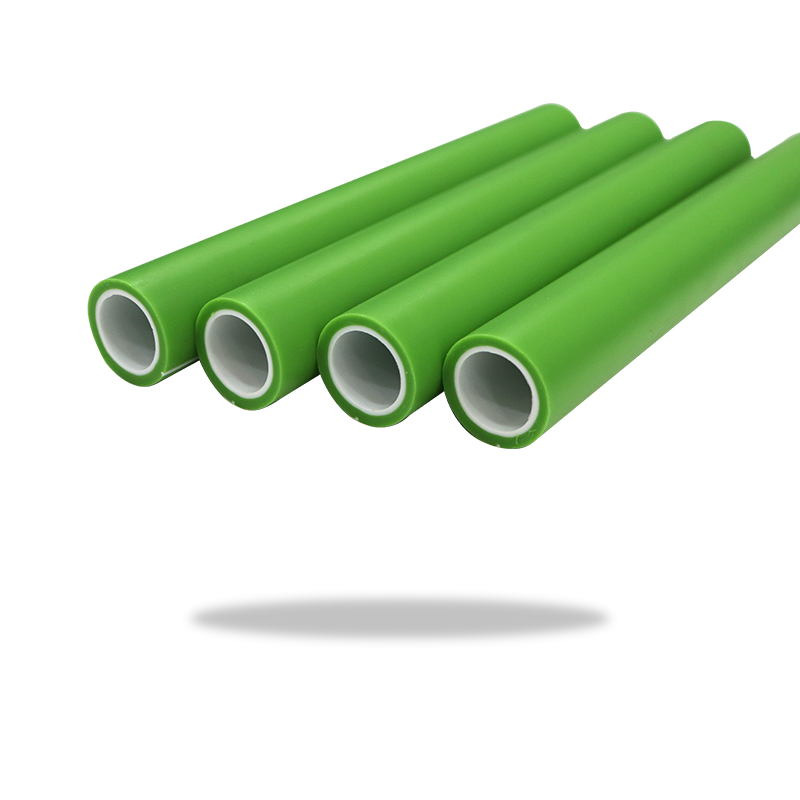

 简体中文
简体中文 English
English русский
русский Español
Español Français
Français عربى
عربى Português
Português 日本語
日本語 italiano
italiano Nederlands
Nederlands Polskie
Polskie
